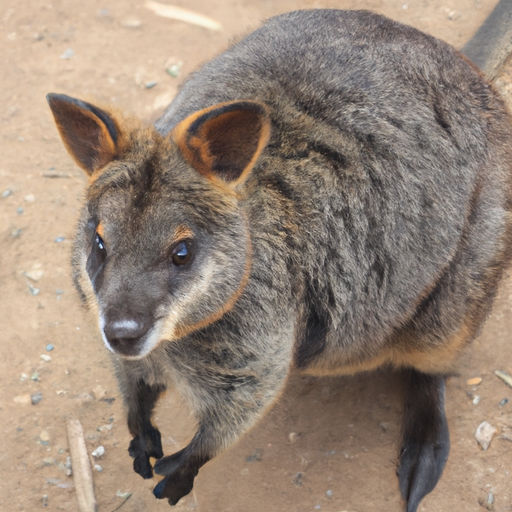 Introduction:
Introduction:
Marsupials, a diverse group of mammals, have captivated the curiosity of scientists and nature enthusiasts alike. With their unique reproductive system, distinctive pouches, and varied adaptations, these creatures have evolved in extraordinary ways. In this comprehensive article, we delve into the fascinating world of marsupials, exploring their diverse species, habitats, behaviors, and evolutionary history.
1. Defining Marsupials:
Marsupials comprise an infraclass of mammals known as Marsupialia. Unlike placental mammals, which give birth to fully developed young, marsupials give birth to relatively undeveloped offspring, called joeys. These joeys then crawl into a specialized pouch on the mother’s abdomen, where they continue to develop and nurse.
2. The Origin and Evolution of Marsupials:
Marsupials originated in South America around 80 million years ago. Fossil evidence suggests that they later migrated to Australia via Antarctica. This migration resulted in the establishment of unique marsupial lineages on the Australian continent, which remains their primary stronghold today.
3. Marsupials Around the World:
Australia is renowned for its extraordinary marsupial diversity, with iconic species such as kangaroos, koalas, and wombats. However, marsupials also inhabit other regions. South America is home to several marsupials, including opossums, the iconic pouch-bearing marsupial of the Americas. Additionally, New Guinea and nearby islands harbor unique marsupial species.
4. Iconic Australian Marsupials:
Australia boasts an array of marsupials that have become global symbols of its unique biodiversity. Kangaroos, wallabies, and wallaroos are well-known for their hopping locomotion and pouches. Koalas, often mistaken for bears, are arboreal marsupials with a specialized diet of eucalyptus leaves. Wombats, known for their burrowing habits, possess powerful claws and sturdy builds.
5. Marsupials of the Americas:
The Americas are home to diverse marsupial species, with opossums being the most recognizable. These nocturnal creatures have prehensile tails and are known for their ability to play dead when threatened. Other American marsupials include the sugar glider, a small, gliding possum, and the yapok, an amphibious marsupial that spends much of its life in water.
6. Lesser-known Marsupials:
Beyond the well-known marsupials, a plethora of lesser-known species exhibit remarkable adaptations. The numbat, a termite-eating marsupial, has a slender body and a long tongue for foraging. The quokka, native to Western Australia, has gained fame for its smiling expression. The Tasmanian devil, the world’s largest surviving carnivorous marsupial, is known for its ferocious temperament.
7. Reproductive Strategies in Marsupials:
Marsupials exhibit a wide range of reproductive strategies, with some species reproducing throughout the year, while others have a specific breeding season. The length of gestation varies greatly, ranging from as short as 12 days in some marsupials to over a year in others. This diversity in reproductive strategies has contributed to the success of marsupials in various habitats.
8. Unique Adaptations:
Marsupials have evolved an array of incredible adaptations to suit their environments. Some species, like the gliders, have developed patagia, a membrane of skin that allows them to glide effortlessly between trees. Others, such as the quokka, have adapted to arid environments by obtaining water from their food sources.
9. Conservation Challenges:
Despite their fascinating characteristics, many marsupial species face numerous threats to their survival. Habitat loss, climate change, invasive species, and human activities pose significant challenges for marsupial populations worldwide. Conservation efforts are crucial to ensuring the long-term survival of these unique creatures.
Conclusion:
Marsupials exemplify the astonishing diversity of life on our planet. From the iconic kangaroo to the lesser-known numbat, the world of marsupials is a testament to the remarkable adaptability of nature. Understanding and appreciating these incredible animals is vital for their conservation and for unraveling the mysteries of evolution. By protecting their habitats and promoting awareness, we can ensure the continued existence of these pouch-bearing wonders for future generations.
